#ukrainian history
Text
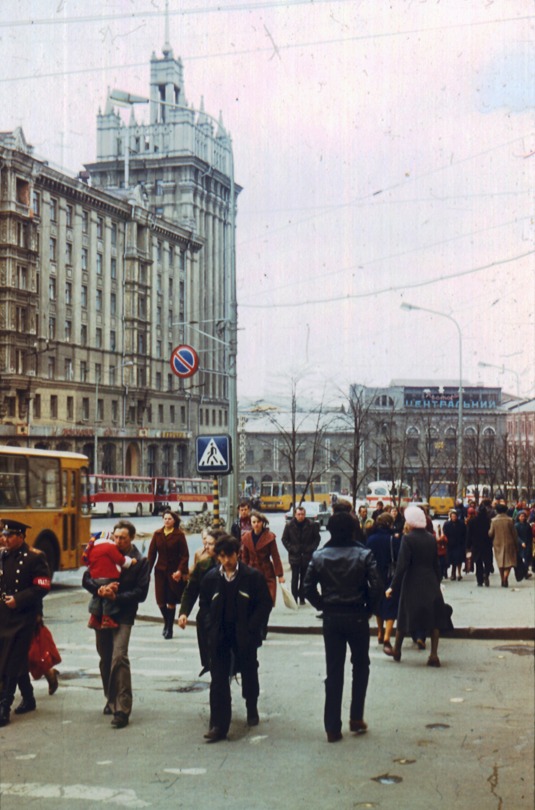
Kharkiv, Ukraine circa 1980-81.
#ukrainian history#vintage ukraine#street life#street scene#vintage photo#20th century#ussr#soviet union#eastern europe#1980s#retro#kharkiv#ukraine
68 notes
·
View notes
Text

Album “From Ukrainian Antiquity”, compiled by Samokish together with Vasylkivsky about the life and history of Hetman Ukraine.
40 notes
·
View notes
Text
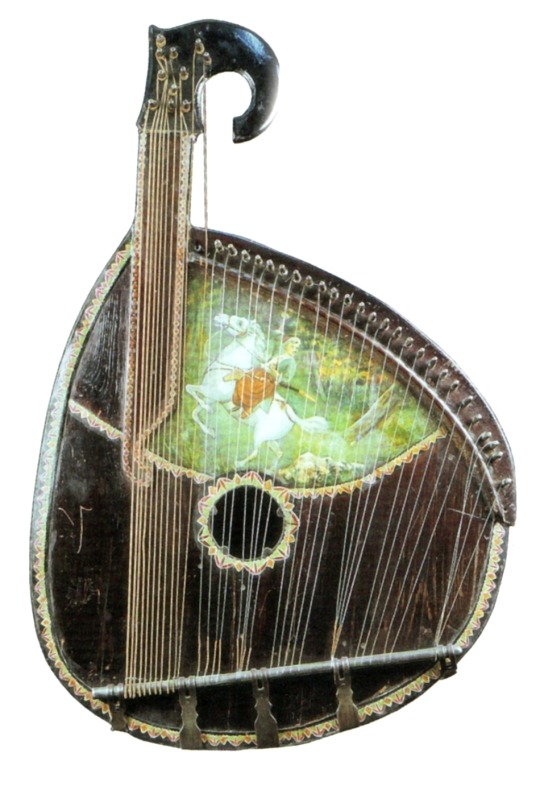
Old Ukrainian bandura from the 1st half of the 19th century, which belonged to the real kobzar, Yevhen O. Adamtsevych (Євген О. Адамцевич, 1903/1904-1972)
Currently stored in the collection of the Kharkiv Historical Museum (Харківський історичний музей), ДР-68
There is a Cossack on horseback depicted on this beautiful musical instrument:

#art#ukrainian art#ukrainian music#ukrainian heritage#kobzar#bandura#ukrainian cossack#cossacks#cossack art#cossack heroes#ukrainian history#welcome to bohun's world
241 notes
·
View notes
Text

Taken in Donetsk in 1932-33, this photograph shows a “kulak” woman and her small child being evicted from their home in winter, dispossessed of everything but a small wagonload of their belongings pulled by hand behind them. Photo by Marko Zhelizniak.
This is the people tankies would want you to believe had the Marie Antoinette level of luxury. I wonder how many carts like those would be required to transport everything an average western tankie owns.
#ukraine#russia#ussr#history#holodomor#concentration camps#communism#famine#artificial famine#ukrainian history#joseph stalin
694 notes
·
View notes
Text

10 years ago Donetsk Airport was closed due to armed clashes with russian subversive groups.
Later the Ukrainian defenders defenders of Donetsk Airport will be called cyborgs, a reference to their invincibility and courage. This name was first used by unknown pro-russian militant while trying to explain why the units of the militia forces could not take up arms at the Donetsk airport, which is protected by several dozen Ukrainian servicemen.
On the night of May 26, 2014, a group of pro-russian forces partially occupied Donetsk airport. It took place as Donetsk city and that part of the wider region were already under russian occupation. The airport was the last Ukrainian stronghold in the city.
The defense of Donetsk airport lasted 242 days.

The ruins of the airport, 24 December 2014
#ukraine#russia#russia is a terrorist state#fuck russia#genocide#stand with ukraine#support ukraine#genocide of ukrainians#russian war crimes#important#history#war#Donetsk#Ukrainian history#text#txt#words#to read#donbas
162 notes
·
View notes
Text
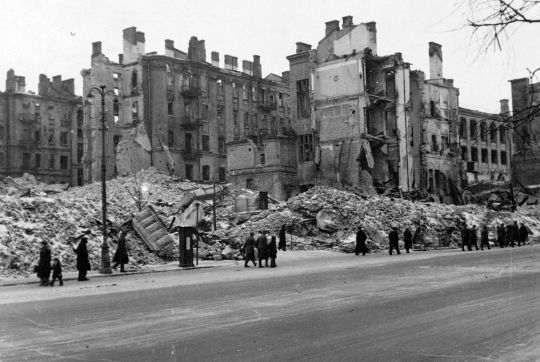
Khreshchatyk, Kyiv's main street, blown up by the russians on the 24th of September, 1941. It was part of a long pattern of communist cultural destruction across Ukraine, which included the demolition of medieval cathedrals and churches.
#ukraine#kyiv#soviet union#ussr#communism#russian colonialism#russia#world war 2#world war ii#20th century#black and white#world capitals#ukrainian history#eastern europe#1941#1940s
125 notes
·
View notes
Text
Today is the Holodomor Rememberance Day, when we honor the memory of approximately 4 million Ukrainians starved to death in the soviet man-made famine of 1932-1933.
Millions of present day Ukrainians have family stories about relatives perishing, acts of cannibalism, or just insanity because of the famine.
The world chose to ignore it at the time, this crime (as well as all the similar soviet crimes) went unpunished. Those few who tried to shine a light on it (like the Welsh reporter Gareth Jones) were silenced or just not listened to.
And now we have yet another genocide happening.
Unpunished evil always only escalates.
1K notes
·
View notes
Text
DR. STEFANIA TURKEWICH // COMPOSER
“She was a Ukrainian composer, pianist, and musicologist. She is recognised as Ukraine’s first woman composer. She studied under multiple composers and musicians from 1914 til 1933. In 1933, she taught piano and became an accompanist at the Prague Conservatory and the year after, she defended her doctoral dissertation on the topic of Ukrainian folklore in Russian operas. She received her doctorate in musicology in 1934 and became the first woman from Galicia to receive a Doctor of Philosophy degree. She worked as a teacher of musical theory and piano at the Lviv Conservatory and became a member of the Union of Ukrainian Professional Musicians. She fled from the Soviets after the war, moving to southern Austria and then Italy, and then the UK (where she returned to composing).”
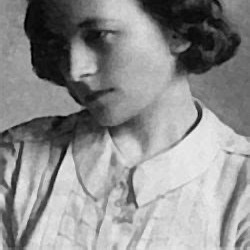
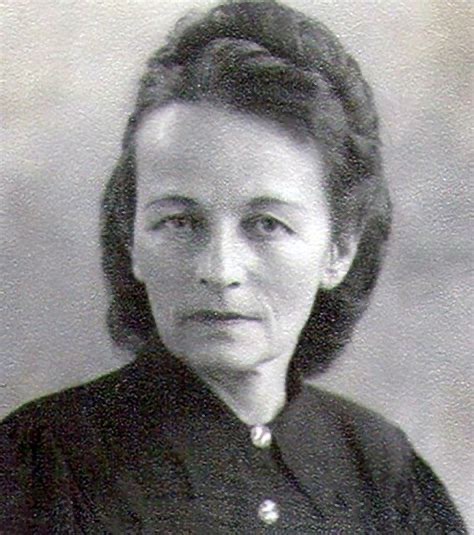
51 notes
·
View notes
Text
Time Travel Question 40: Medievalish and Earlier 7
These Questions are the result of suggestions from the previous iteration.
This category may include suggestions made too late to fall into the correct earlier time grouping, hence the occasional random item waaay out of it's time period.
In some cases a culture lasted a really long time and I grouped them by whether it was likely the later or earlier grouping made the most sense with the information I had. (Invention ofs tend to fall in an earlier grouping if it's still open. Ones that imply height of or just before something tend to get grouped later, but not always. Sometimes I'll split two different things from the same culture into different polls because they involve separate research goals or the like).
Please add new suggestions below if you have them for future consideration. All cultures and time periods welcome.
#Time Travel#Cathars#Middle Ages#Catholic History#Dominicans#Lalibela#Ethiopian History#Kyiv#Ukrainian History#Suzhou#Chinese History#The Sena Dynasty#Bengal#Indian History#Vlad Țepeș#Makapansgat Pebble#Homins#Ramban#Nachmanides#Jewish History#Genghis Khan#Mongolian Empire
119 notes
·
View notes
Text
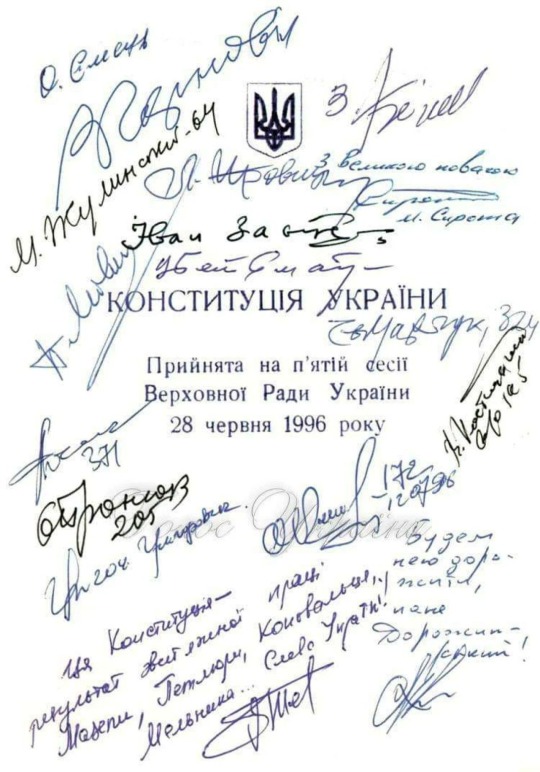
This Constitution is the result of the victorious work of Mazepa, Petliura, Konovalets’ and Melnyk... Glory to Ukraine!
- inscription on the first page of The Constitution of Ukraine adopted and ratified at the 5th session of the Verkhovna Rada, the parliament of Ukraine, on 28 June 1996.
300 notes
·
View notes
Photo


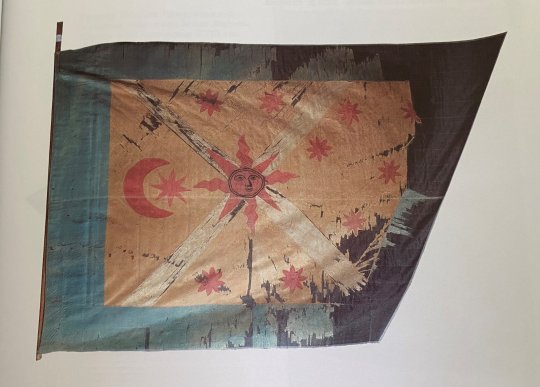
Cossack flags, 1650s
2K notes
·
View notes
Text
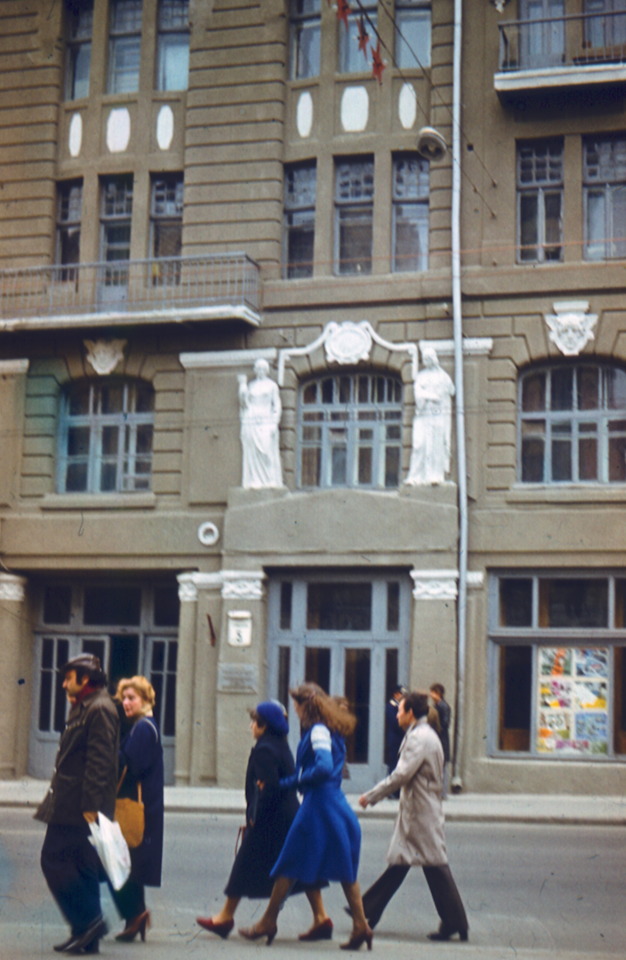
Kharkiv, Ukraine circa 1980-81.
#ukrainian history#vintage ukraine#street life#street scene#soviet union#ussr#20th century#vintage photo#1980s#eastern europe#kharkiv#ukraine
44 notes
·
View notes
Text

Illustrated Ukrainian magazine "Oko" No. 9 for 1918. Published during the period of the Ukrainian People's Republic. It was published weekly in two editions in Russian and Ukrainian. A total of 18 issues were printed, each containing 16 pages. The editor of the publication was F. Lindenov.
#Kobzar Library#magazine#Ukrainian People's Republic#ukrainian art#ukrainian history#history#Ukraine
92 notes
·
View notes
Text

Ukrainian Cossacks in the steppe
by Serhii Vasylkivskyi (Сергій І. Васильківський, 1854-1917)
#art#ukrainian art#cossack art#cossacks#cossack heroes#ukrainian history#ogniem i mieczem#trylogia#welcome to Bohun's world#traditional art#historical art
154 notes
·
View notes
Text
What Ukrainians ate to survive Holodomor
(translated excerpts from an Історична Правда article): + images source
The villagers would dig up the holes of the polecats to find at least a handful of grain hidden by these animals. They pounded it in a mortar, added a handful of oilcake (from hemp seed), beetroot, potato peelings, and baked something from this mixture.
Those who managed to hide at least a little grain would grind it in iron mills made from wheel axles and cook "zatyrukha" (a concoction made from a small amount of flour ground from ears of grain).
Acacia flowers were boiled and eaten raw, and green quinoa was mixed with crushed corn cobs. Those who could - and this was considered lucky - added a handful of bran. This food made their feet swell and their skin crack.
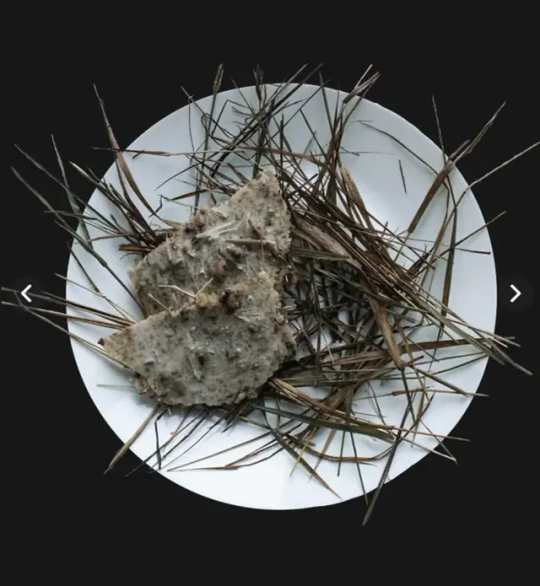
The peasants dried the husked ears of corn and millet husks, pounded them, ground them with weeds, and cooked soups and baked pancakes. Such dishes were impossible to chew, the body could not digest them, so people had stomach aches. Pancakes, the so-called "matorzhenyky", were made from oilcake and nettle or plantain.
It went so far that peasants would crumble straw into small chips and pound it in a mortar together with millet and buckwheat chaff, and tree bark. All this was mixed with potato peelings, which were very poisonous, and this mixture was used to bake "bread", the consumption of which caused severe stomach diseases.
There were cases when village activists took away and broke millstones, mortars, poured water on the heat in their ovens. After all, anything found or saved from the food had to be cooked on fire, and matches could only be purchased by bartering for their own belongings or by buying them in the city, which was impossible from villagers that were on "black lists".

Chestnuts, aspen and birch bark, buds, reed roots, hawthorn and rose hips, which were the most delicious, were used as food substitutes; various berries, even poisonous ones, were picked; grass seeds were ground into flour; "honey" from sugar beets was cooked, and water brewed with cherry branches was drunk. They also ate the kernels of sunflower seeds.
Newborns had the worst of it, because their mothers had no breast milk. According to testimonies, a mother would let her child suck the drink from the top of the poppy head, and the child would fall asleep for three days.
In early spring, the villagers began to dig up old potato fields. They would bake dumplings from frozen potatoes, grind rotten potatoes in a mash and make pancakes, greasing the frying pan with wheel grease. They also baked "blyuvaly" (transl. "vomities") from such potatoes and oatmeal mixed with water, which was so called because they were very smelly.

They ate mice, rats, frogs, hedgehogs, snakes, beetles, ants, worms, i.e. things that weren't a part of food bans and had never been eaten by people before. The horror of the famine is also evidenced by the consumption of spiders, which are forbidden to kill in Ukrainian society for ritual reasons.
In some areas, slugs were boiled into a soup, and the cartilaginous meat was chopped and mixed with leaves. This prevented swelling of the body and contributed to survival. People caught tadpoles, frogs, lizards, turtles, and mollusks. They boiled them, adding a little salt if there was salt. The starving people caught cranes, storks, and herons, which have been protected in Ukraine for centuries, and their nests were never destroyed. According to folk beliefs, eating stork meat was equated with cannibalism.
The consumption of horse meat began in 1931, before the mass famine. People used to take dead horsemeat from the cemeteries at night, make jelly out of it and salt it for future use.

Dead horses were poured with carbolic acid to prevent people from taking their meat, but it hardly stopped anybody. Dead collective farm pigs were also doused with kerosene to prevent people from dismantling them for food, but this did not help either.
After long periods of starvatiom, the process of digestion is very costing for the human body, and many people who would eat anything would drop dead immediately out of exhaustion.
If a family had a cow hidden somewhere in the forest, they had a chance to survive. People living near forests could hunt/seek out berries and mushrooms, but during winter this wouldn't save them. People living near rivers could fish in secret, but it was banned and punishable by imprisonment/death.
682 notes
·
View notes
Text

19th February 2014: Ukrainians protesting on Independence Square in Kyiv. The revolution ousted Putin puppet Viktor Yanukovych, who fled to russia.
141 notes
·
View notes